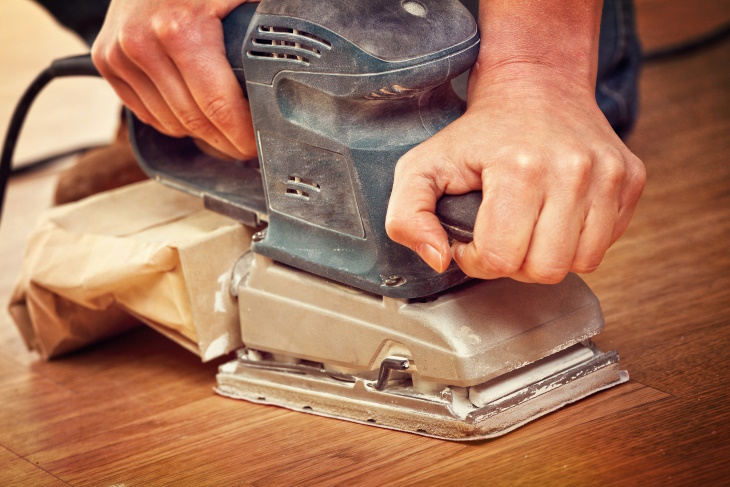
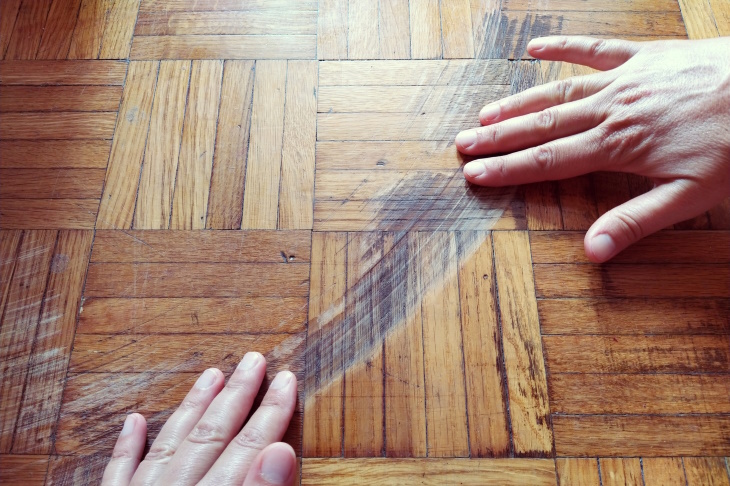
Wooden furniture and hardwood floors are stylish, lasting, and tough, but they’re not indestructible. Here are a few habits that can damage wooden surfaces:
Avoid these habits to prevent scratches in the future.
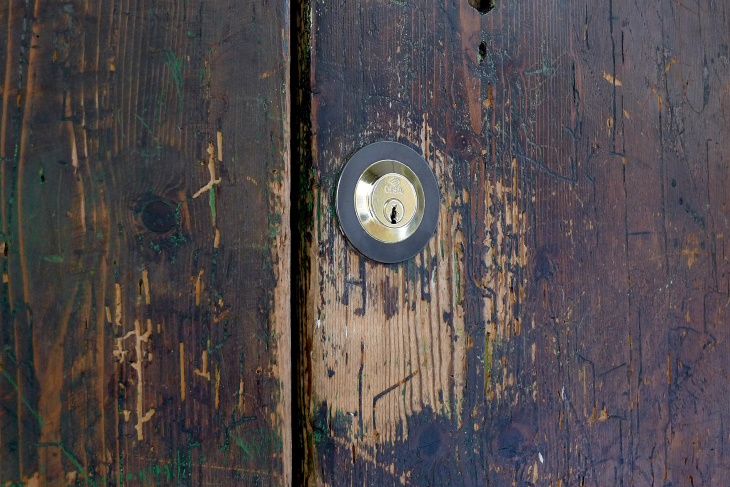
First things first, determine the type of wood finish you’re working with. It may be varnished, stained, water-based, oil-based, or wax-based. The scratch solution depends on the type of finish with which the wood is treated. For example, pre-finished wood may be more resistant to tinting and sanding.
If you don’t know what finish is used, we recommend testing the stain treatment in an inconspicuous area – e.g. the underside of wooden furniture or areas on floors that are typically concealed by rugs.

In order to assess the severity of the scratch, begin by gently but thoroughly cleaning the trouble spot. Remove dust and grime with a soft-bristled brush or broom. Then clean the area of the scratch or crack with a gentle wood cleaning product or a drop of dish soap diluted in a bucket of water. Furniture and floors coated with a layer of wax can be pretreated with a wax remover solution.
Avoid using wood cleaners that contain oil, polish, wax, or paste – anything that adds shine or a protective coat. It’s not time to seal the wood finish just yet; you can do it as a last step after removing the scratch itself.
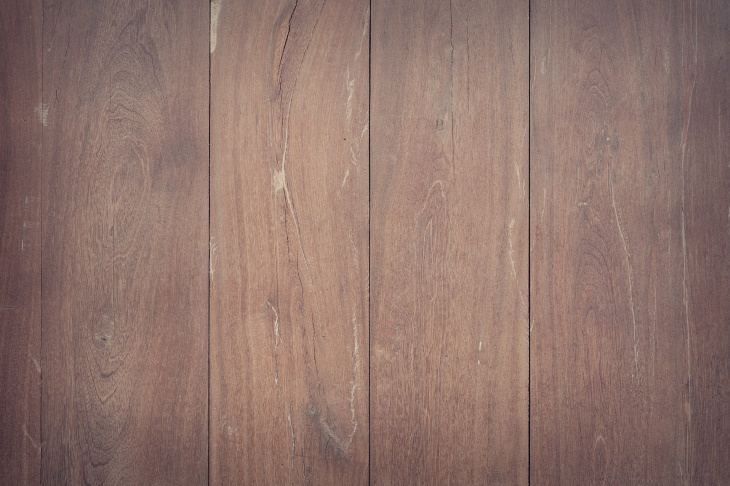
What is considered a minor wood scratch? Generally, a thin and shallow scratch that’s around 1/16 inch or less falls within this category, like scratches caused by playful pets or sliding chairs. Such small scratches can be easily buffed down by hand using fine-grit sandpaper (180-grit or higher) and restored with color-blending products and refinished.
Generally speaking, scratches that are parallel to the grain of wood are easier to fix than irregular-grain scratches. Barely noticeable scratches may not need special color-restoring products and sanding – applying a finish restorer is sometimes enough to make the scratch vanish.
Here are a few effective ways to color-blend small wood scratches:
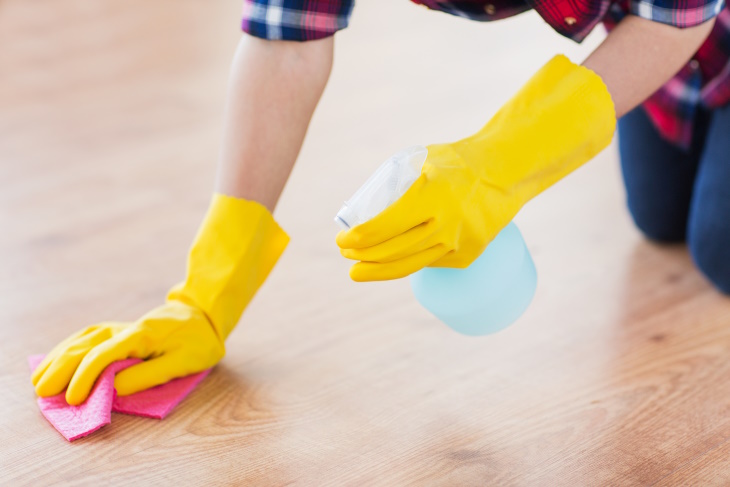
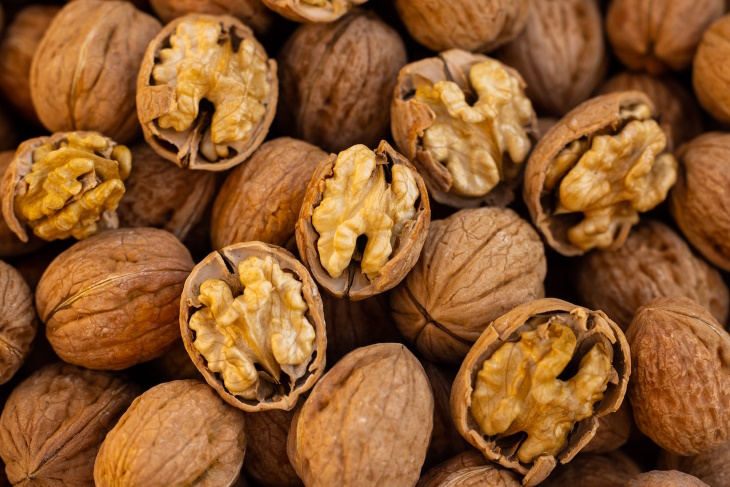
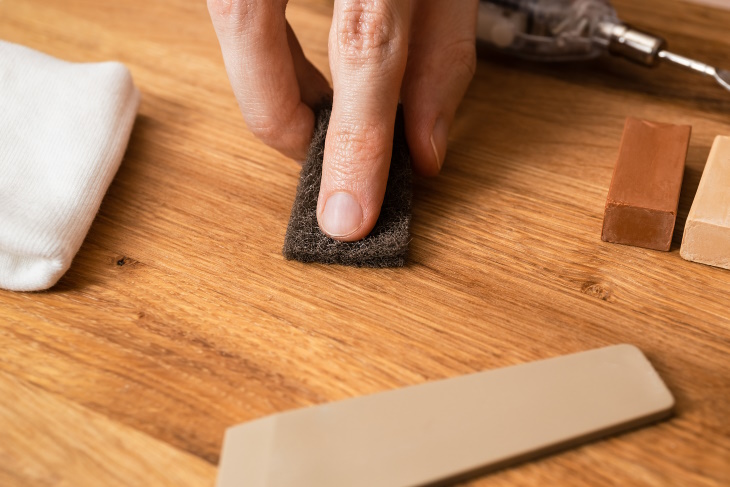
There’s a variety of color-correcting pencils, pens, and colorants manufactured to conceal scratches. These types of color-blending products are available at home repair stores.
Just make sure to pick a color that matches your wooden surface. These products are super easy to use – just fill in the scratch with the pen and then buff it out with a cloth. Follow the product instructions for more details.
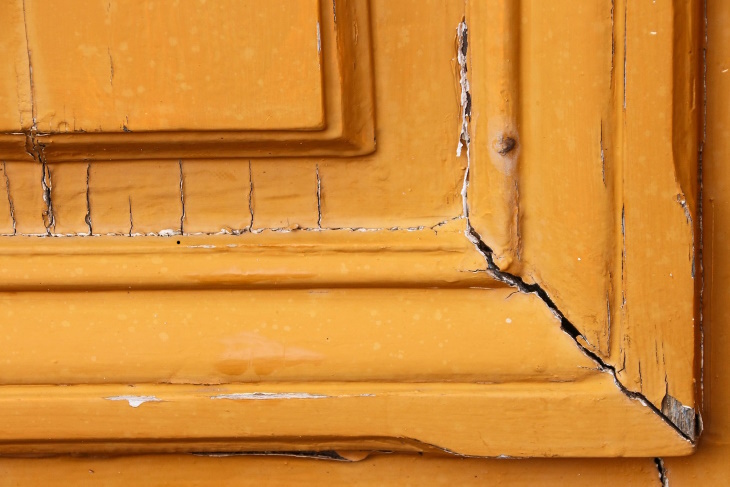

Deep wood scratches and gaps must be filled before they can be dyed and refinished. There’s a special wood filler available at stores; it looks like pliable putty, and it comes in a few different colors.
Using a plastic putty knife, cover the damaged area with wood filler, leveling it out and smoothing it out. Let the filler dry for 2-4 hours, and then buff it out neatly with fine sandpaper. Wipe away any dust with a dry paintbrush, then stain the filler with a color-correcting product. Once the stain has set, refinish the wood with a polish or sealant.
